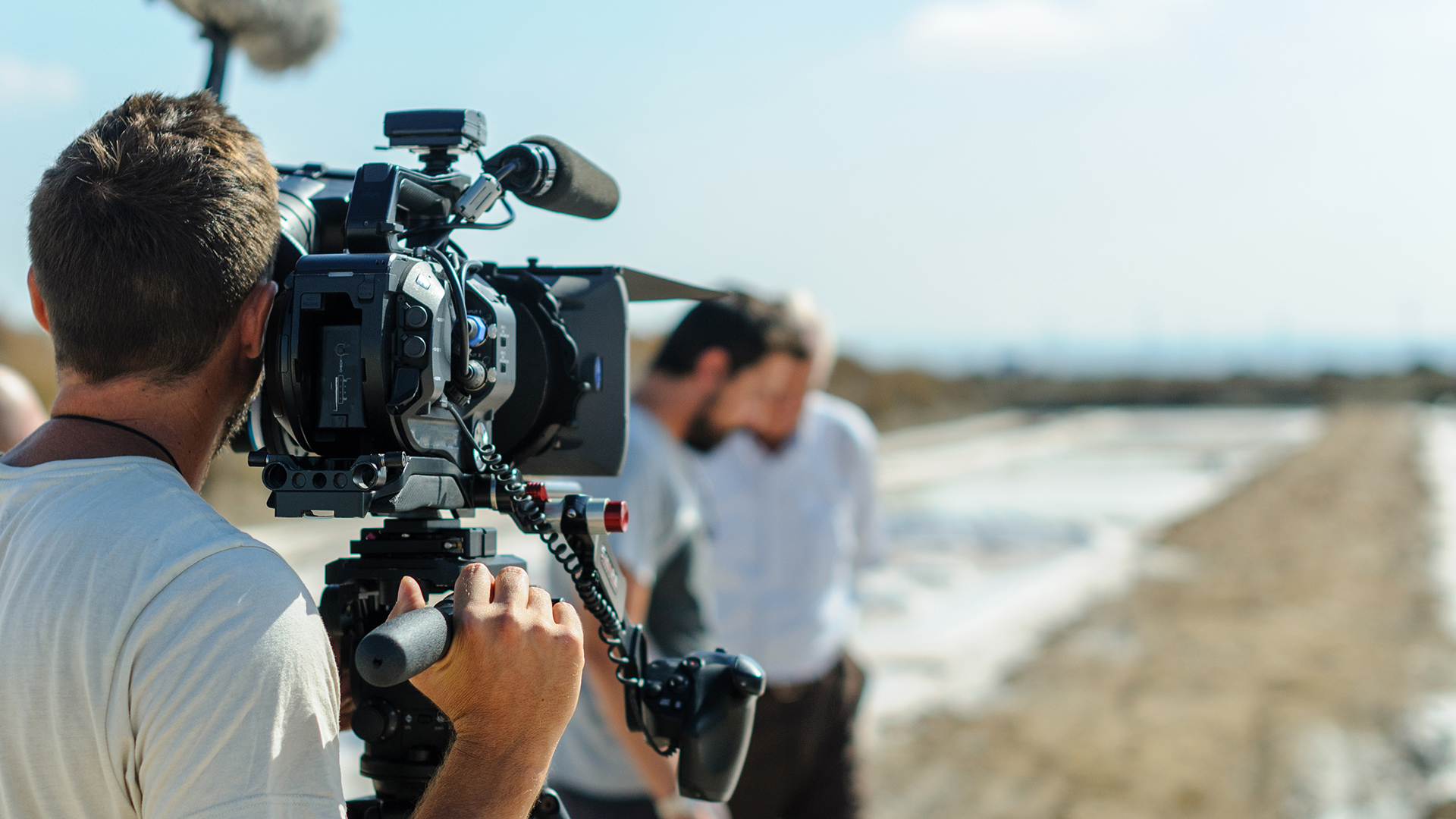
Replay: It's all very well having a good eye for shot composition, but getting video that works into the edit well is a much more important skill.
It's cliched, but content is everything. It really is. The visual arts is one area in which it's easy to suffer from imposter syndrome as you're bombarded with all the amazing looking work that others are putting together on YouTube and Vimeo.
But when you look at a huge percentage of so-called content that is now produced for online consumption, how much of it is properly structured, and how much of it is effectively just montage shots?
The jump cut that we see a lot in YouTube influencer videos today has become something that is accepted, rightly or wrongly. However it owes its existence to two reasons. The first is that the person editing is not an efficient editor. Any good editor knows when to trim stuff down or out altogether if it isn't serving the edit. Have we got anything to go over that cut? No. Is that section truly moving things along with important information? No, let's cut it out.
The other, more likely reason, is that there simply wasn't enough b-roll taken.
Beginner errors
Not having enough b-roll is a rookie mistake, but it's one that is very prevalent now. It takes a lot of effort to do for one-person bands who are self producing influencer style videos and vlogs. It's why you don't generally see me doing those types of videos for my camera reviews on RedShark. The effort to do them to the standard I would be happy with takes too long, and I wouldn't have enough time to edit RedShark if I did.
I made an exception a few weeks back with my Akaso Brave 7 LE action camera review. It was an experiment of sorts, but my conclusion was that unless you have someone else competent operating the camera for on-location shots, it's a one way ticket to amateurville. And since I would never ask a fellow camera op to do anything for less than their day rate it also makes such videos generally financially unviable.
This is why so much online content calls itself cinematic vlogging, when in fact it is mostly montages of unrelated shots. This sort of thing is very easy to make. You don't have to think about story, tension building or any other sort of story structure that you need to in videos that have real content.
Shot structure
Documentaries are often animals that take on a personality and structure during editing, but as a documentary camera op you always need to be thinking about what the editor might need. Your job is to get images that will help to tell a story, but that are practical in that sense.
A nice looking slider shot or someone walking in slow motion might look nice, but if it's got no purpose it's a pointless exercise. Getting shots that you know that an editor can use in succession and as part of an overall story is much, much harder, and takes more experience than getting a good looking shot at golden hour.
While it might be true that you cannot have enough b-roll, it is also true that said b-roll needs to be relevant, useful, and varied.
When it comes to drama the same is also true. Some directors are very efficient and minimalist in the coverage they take, but consider that for the average feature film if you get 3 minutes of usable footage per day you are doing very well indeed. Why does it take this long? The reasons can be long and varied, but one of them is indeed coverage.
Can you capture the nuance of a performance that an editor can use? What are the important details of what a character is doing beyond just talking? Attention to detail is everything.
A simple dialogue scene...
You might think that shooting a dialogue scene between two actors/characters is easy. Most how-to books and courses go through the old cliche of the two shot, reverses etc. Easy, isn't it?
Erm no! The sort of dialogue setup that you get in most tutorials is fine if your characters are made of wood and just stand there facing each other. But a lot of time in life, and therefore in film, people talk to one another while doing other things. Once you introduce something as apparently simple as one of the characters making a cup of tea while talking a whole new set of problems and opportunities arise.
Lines may risk being crossed as characters move, so you need to consider the spacial aspect of how the scene progresses. This has a knock on effect on cutaways too. I've known productions keep a super close eye on eye lines and 'the line', but then totally screwed up the cutaway shots with wrong hands being used, characters turning around the wrong way and so on. All stuff that is obvious and supposedly simple. There's a reason why productions use another paid position to help with all this. The continuity supervisor. It's a role that even very low budget productions should fill.
So, what's the point of this ramble of mine? Simple, I know it's more fun to learn about light and composition, but it's much more important to learn how different shots actually function and go together. Don't become another vacuous YouTube producer. Learn how to tell stories, and learn how to make those shots help you do it.
Tags: Production


Comments